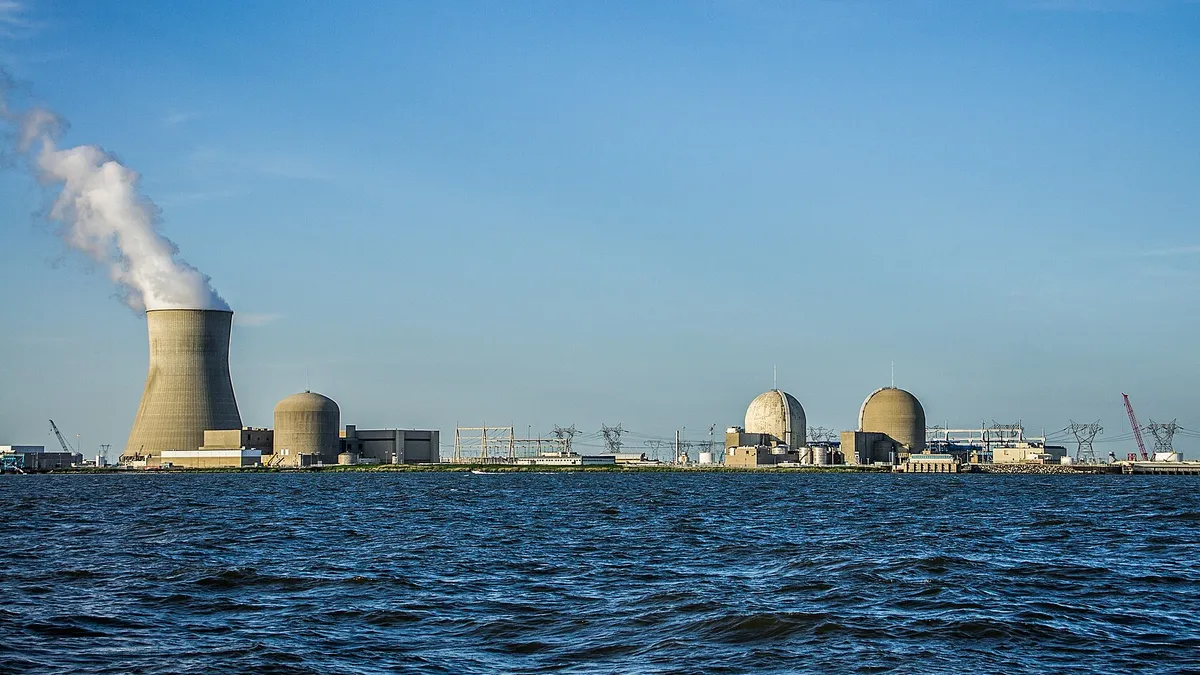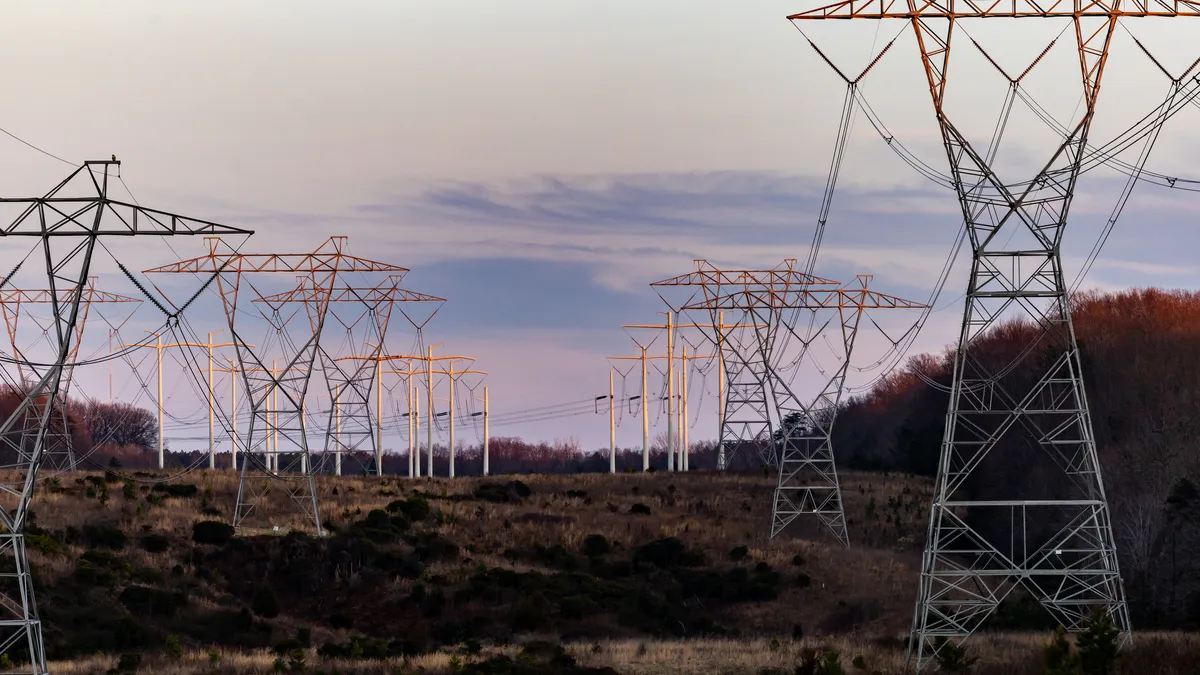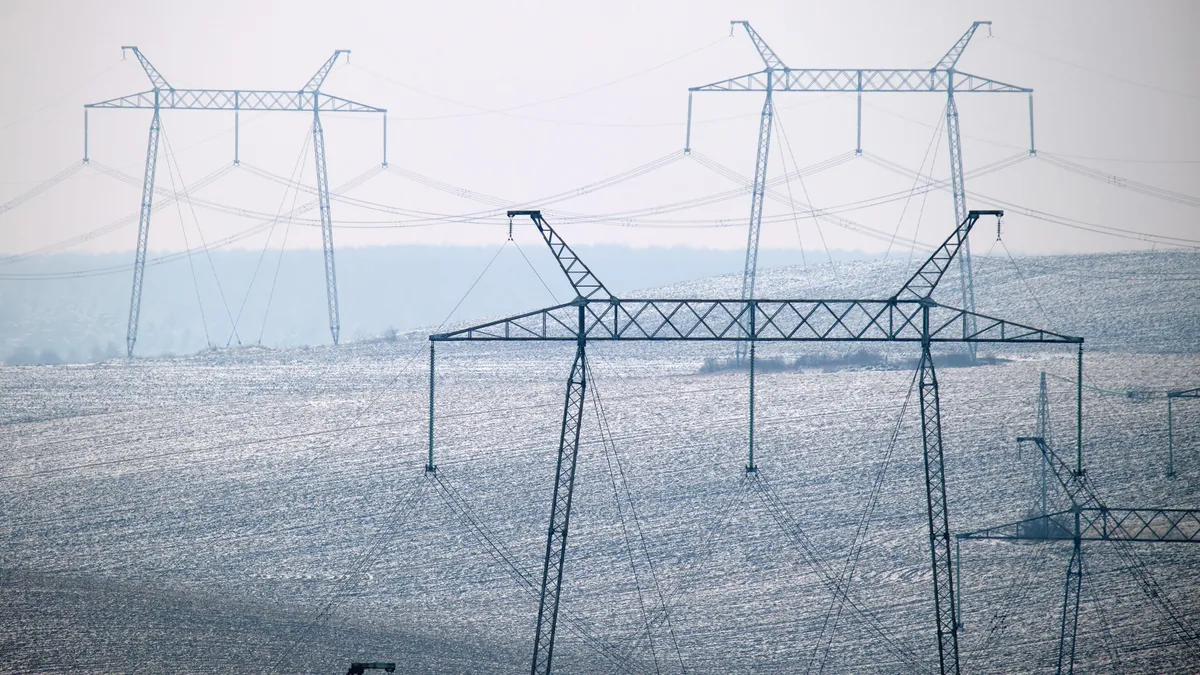The following is a contributed article by Todd Snitchler, president and CEO, and Brian George, director of strategic policy and government affairs, respectively, for the Electric Power Supply Association.
Another week, another utility scandal. Late last month, a federal grand jury indicted the now former speaker of the Ohio House of Representatives following an alleged $60 million racketeering and bribery scheme. Just a week earlier, Chicago-based Exelon admitted to bribery in exchange for a $200 million fine. Now, regulators in Connecticut are questioning why power rates are skyrocketing following the bailout of Dominion’s Millstone nuclear plant.
While these headlines are recent, similar stories have written themselves for decades. Added up, they make a clear case for freeing captive utility customers and giving them access to more competitive power generation options. But not all markets are created equal. As stakeholders evaluate the Southeast Energy Exchange Market (SEEM), we should recognize the elements of market design that truly benefit consumers and encourage innovation and efficiency. As contemplated, SEEM could allow plenty of room for market power — and a rundown of past monopoly utility failures highlights the perils.
Take Edwardsport. Designed to turn coal into gas, the then state-of-the-art $1.9 billion plant was approved by Indiana regulators on the eve of the shale revolution that sent natural gas prices tumbling. Now, obsolete before even operational, the plant’s costs ballooned to over $3.5 billion — all placed on the backs of hard-working Hoosiers. The head regulator responsible for oversight of Edwardsport and its owner Duke Energy was dismissed and indicted on three felony counts of misconduct. Although those charges were later dismissed, the judge in the case said "it is a definite betrayal of trust that was put into you by the citizens of the state of Indiana."
Or Sumner. The expansion of South Carolina Electric and Gas's V.C. Sumner nuclear power plant was approved in 2009 and projected to cost over $9 billion. Over the course of the project, South Carolina Electric and Gas sought nine consumer rate increases to cover the skyrocketing costs of the project. When the project was ultimately abandoned, apparently so too were consumers as they were left holding the bill. Over 700,000 South Carolina ratepayers are still paying fees associated with a project that will never generate any power.
Virginia-based utility giant Dominion purchased the distressed utility in 2019, but only with the condition that consumers would pay $2.3 billion associated with the failed project over the next 20 years. Last month, a former executive vice president of SCANA, the parent company of South Carolina Electric and Gas, pleaded guilty to fraud.
Or Vogtle. Construction on the two-unit expansion of Atlanta-based Southern Company’s Alvin W. Vogtle nuclear power plant began in 2013 and was initially expected to cost around $14 billion. Like Sumner, years after construction began, Vogtle’s new units have yet to put a megawatt-hour on the grid. Unlike Sumner, construction continues, albeit delayed. Cost estimates now exceed $25 billion, nearly double the original cost of the project.
Put differently, only one power plant from the list above is currently producing electrons to power homes and businesses. Yet, consumers in those states are still paying for all of them in their monthly bills. These plants are just the tip of the iceberg.
All of these examples have something in common: they are all located in states where utilities control what gets built and consumers are forced to pay for those decisions. Resource planning is performed by the utility and sanctioned by regulators though an integrated resource plan (IRP). Because utilities in these regions are granted an exclusive franchise, they often face little, if any, competition when building new power plants.
Regional markets must develop organically
In a recent op-ed, former FERC commissioner Tony Clark and Ray Gifford suggested that the proposal to create SEEM is an "emergent market" akin to efforts to regionalize the west through the Energy Imbalance Market (EIM). Implicit in the article was the idea that emergent markets are superior to what are described as "prescribed markets" (fully restructured areas like PJM Interconnection and ERCOT as well as the Southwest Power Pool and California ISO) because they are somehow more organic and "bottom up" approaches. We disagree.
First, the Western EIM is fundamentally different than SEEM. To start, it is operated by an independent system operator (ISO). Its rules were proposed, developed, and vetted by California ISO stakeholders and approved by the Federal Energy Regulatory Commission. As of today, there are 11 utilities, including the California ISO, participating and ten others scheduled to join. While we are strong advocates of market expansion, the link between the Western EIM and SEEM is tenuous at best.
Second, what the authors describe as "emergent markets" are essentially energy imbalance markets. Energy imbalance markets are valuable tools to promote the efficient trading and dispatch of energy across geographically diverse footprints and can often lead to more developed markets. However, absent a change to the incentives facing participating utilities, describing this model as an "emergent market," and therefore implying any form of competitive market will blossom, amounts to hand-waving. Imbalance markets generally involve relatively small volumes and are intended to meet short-term fluctuations in the market. It is unlikely that imbalance markets will influence investment decisions for long-lived assets — keeping incumbent utilities in the dominant position.
The more that markets can inform and ultimately form the basis of resource investment decisions, the greater the benefits to consumers. In the case of SEEM, we find it highly unlikely that the proponents — Duke, Dominion and Southern — will relinquish monopoly status when it comes to resource planning, therefore limiting the consumer savings and efficiencies that should result from a more competitive design.
"Prescribed" markets have shown success
Third, and perhaps the most troubling implication of the article is that "prescribed markets" are not organic or designed from the bottom up. To be clear, "prescribed markets" are not perfect. Recent tensions between state policies and federal power markets have reached a boiling point as stakeholders consider where we will go next. But by using the word "prescribed," the authors imply a top down, heavy-handed administrative approach to market operation. We think that misses the mark.
Regional transmission organizations and independent system operators largely began life as power pools – regional utilities pooling reserves to increase reliability and operational efficiency. Over time, as these regional power pools expanded, participants and regulators alike took notice of the benefits being created. By the late 1990’s and early 2000’s, states voluntarily elected to turn to those same power pools to allow markets to determine when and where to build new power plants. Much of the reason for this shift was due to the practices of vertically integrated utilities in constructing new generation resources — like the examples above — that led to ever increasing bills for captive customers. From the beginning, these institutions have relied on robust stakeholder engagement to determine market rules and organizational direction.
Every organization will deal with challenging times at some point. We don’t agree with every decision that has come out of a PJM or ISO-NE stakeholder process. However, using hyperbolic language to support a preferred alternative and describe opponents of PJM as "dancing on [its] grave" undercuts years of work by countless stakeholders to produce a model that is a successful alternative to the utility model. At the end of the day, these markets have shifted investment risk away from consumers and on to the backs of investors, even if it meant some resources could no longer compete.
Market expansion should be truly competitive
We would love to see market expansion in the southeast, but we’re skeptical of SEEM. SEEM may be stakeholder driven, but when there are only three stakeholders who will make the rules, that somehow feels like window-dressing. According to the authors, one virtue of an "emerging market" is its simplicity. We would argue that simplicity in this instance is code for opaqueness. Unlike IRP proceedings, RTO tariffs aren’t filled with pages and pages of redactions.
Let’s turn back to Edwardsport, Sumner and Vogtle. Perhaps "prescribed markets" are just the prescription to make sure those outcomes never happen again, protecting consumers from rate hikes for resources that never produce energy and shifting the risk of bad investments to companies — where it belongs.





















